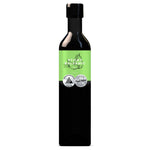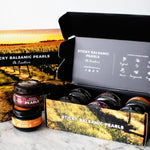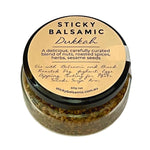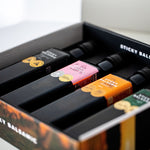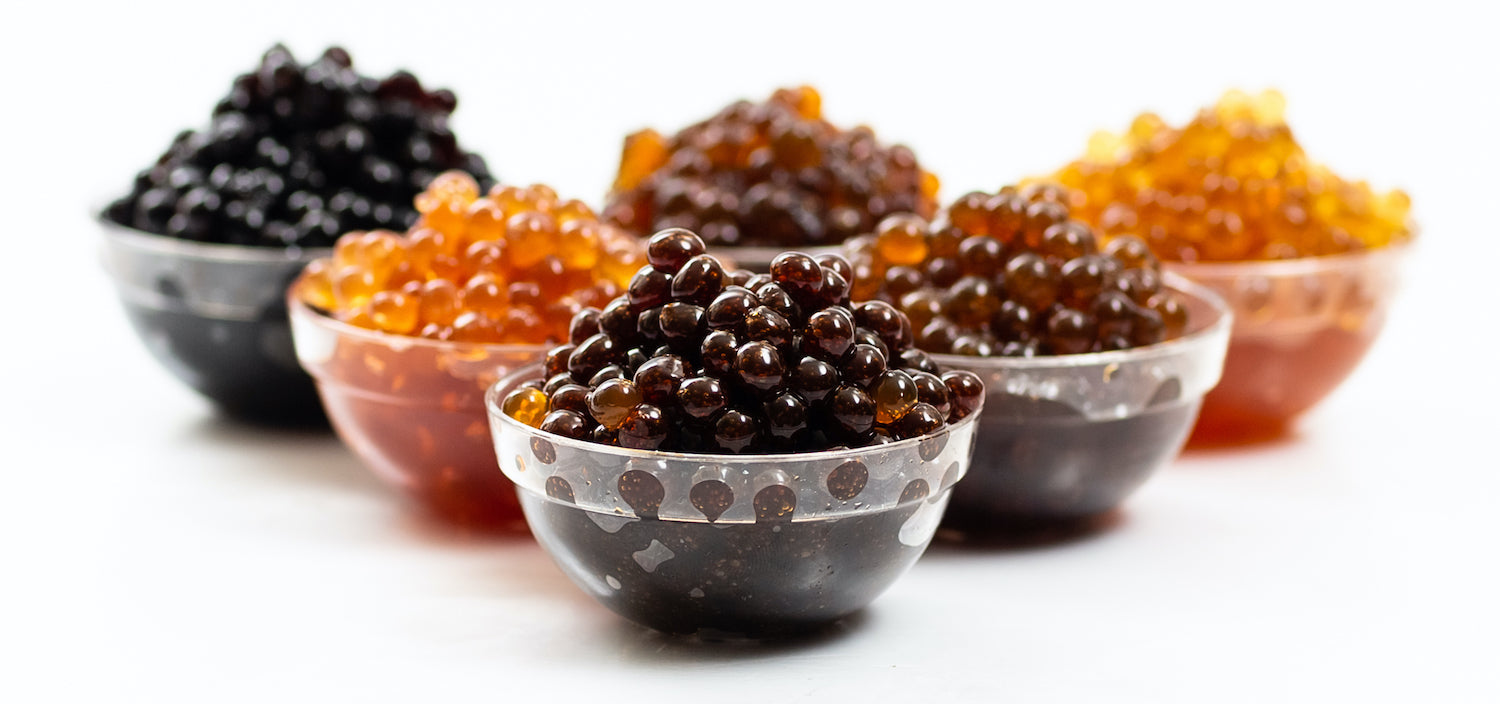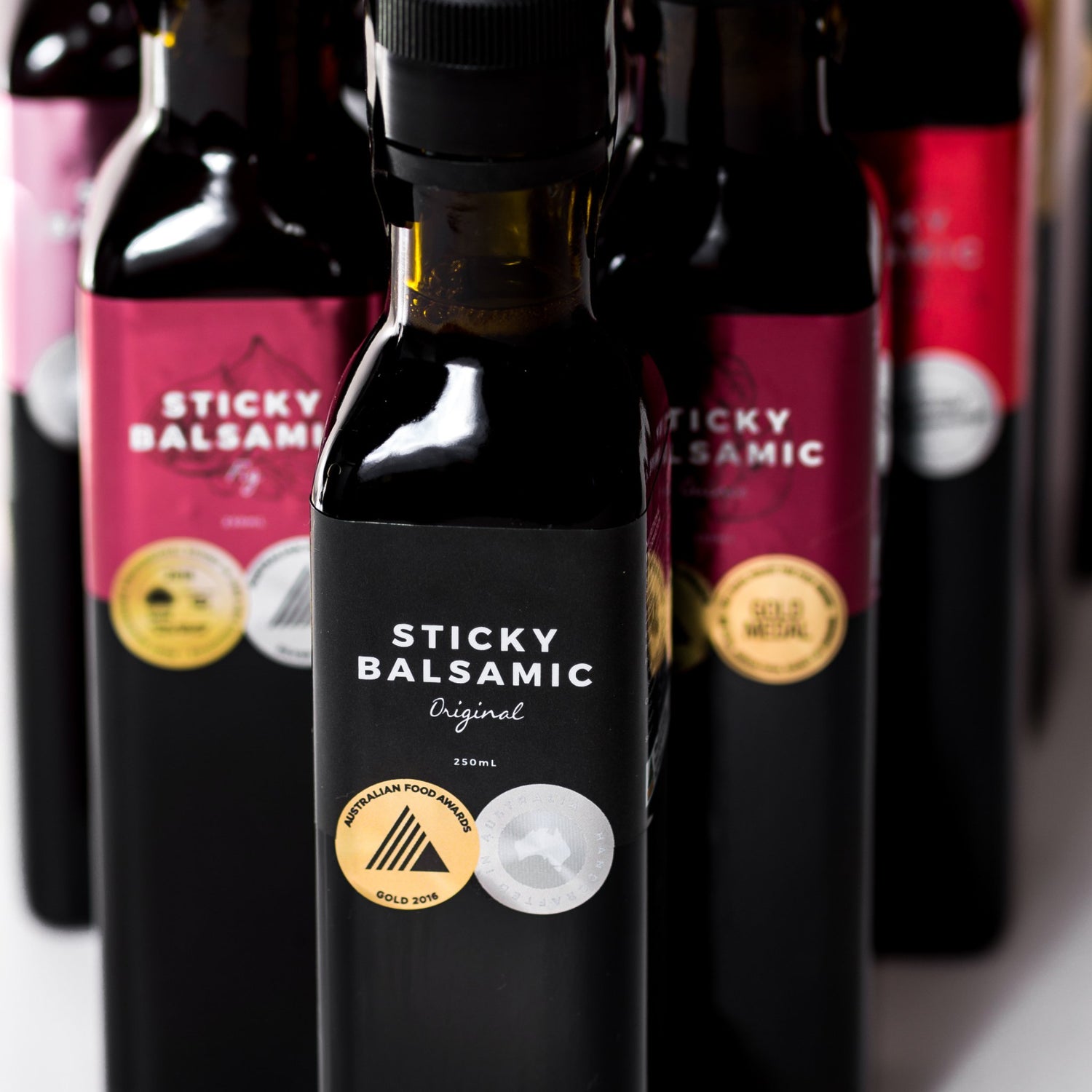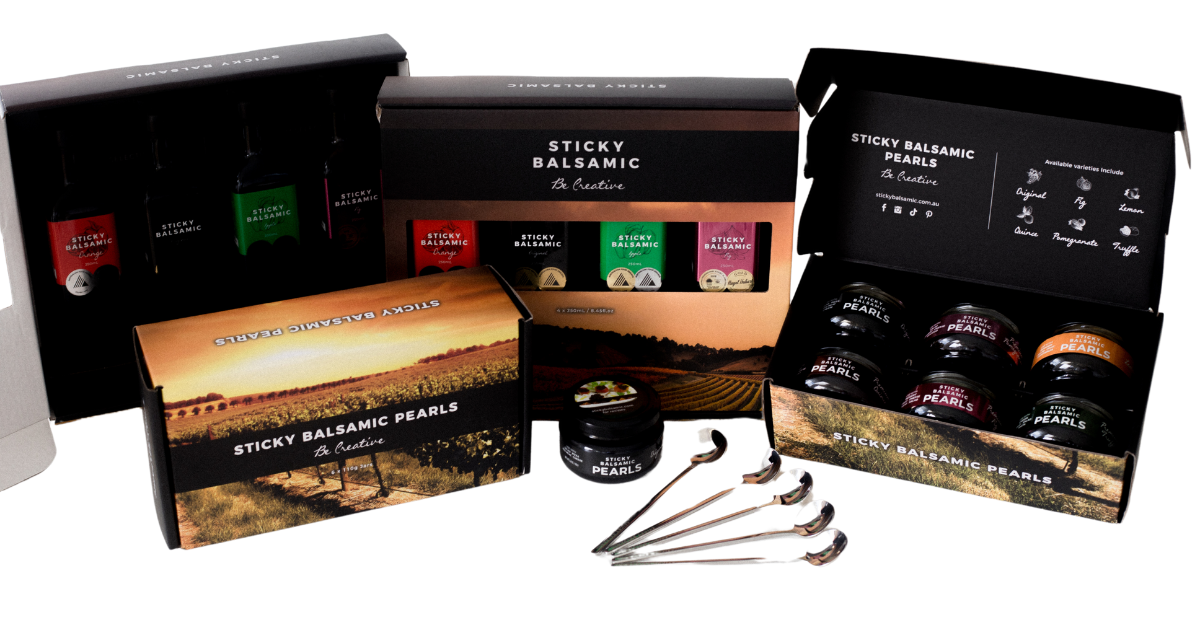Does Balsamic Vinegar Go Off? Your Complete Guide to Storage and Shelf Life
Does balsamic vinegar go off? This is one of the most common questions we hear from balsamic vinegar enthusiasts, especially when you've invested in premium, award-winning balsamic vinegar like Sticky Balsamic's range. The good news is that high-quality balsamic vinegar shelf life is impressively long, but understanding proper storage and recognizing signs of quality changes can help you get the most from your gourmet condiment investment.
Understanding Balsamic Vinegar's Natural Preservation
The Science Behind Balsamic Vinegar's Longevity
Does balsamic vinegar go off easily? The answer lies in its natural preservation properties. Balsamic vinegar's acidic nature is its greatest ally when it comes to preservation. With a pH typically ranging from 2.4 to 3.4, genuine balsamic vinegar creates an environment that's naturally hostile to harmful bacteria and microorganisms. This acidity, combined with the traditional aging process, means that authentic balsamic vinegar can last for years when stored properly.
The fermentation and aging process that creates premium balsamic vinegar also contributes to its stability. During production, beneficial bacteria and yeasts work to develop the complex flavors we love, while the acidic environment prevents spoilage organisms from taking hold.
Traditional vs. Commercial Balsamic: Shelf Life Differences
Not all balsamic vinegars are created equal when it comes to balsamic vinegar shelf life. Traditional balsamic vinegar, aged for years in wooden barrels, can literally last decades when stored correctly. Premium commercial balsamic vinegars, like those from Sticky Balsamic, typically have a best-before of three years from production, though they often remain perfectly safe and flavorful well beyond this date.
Official Shelf Life Guidelines
Understanding Best-By Dates
When you see a date on your balsamic vinegar bottle, it's typically a "best before" date rather than an expiration date. This distinction is crucial because it indicates when the product will be at its peak quality, not when it becomes unsafe to consume. Premium balsamic vinegar can often be enjoyed well past this date if it's been stored properly.
Factors Affecting Balsamic Vinegar Shelf Life
Several factors influence how long your balsamic vinegar will maintain its quality:
- Quality of Ingredients: Higher-quality grape must and traditional production methods typically result in longer-lasting products
- Storage Conditions: Temperature, light exposure, and air contact all play crucial roles in maintaining quality
- Container Integrity: Proper sealing prevents oxidation and contamination
- Production Method: Traditional aging processes create more stable products than quick commercial methods
Proper Storage: Maximizing Your Balsamic Vinegar's Lifespan
Optimal Storage Conditions
To ensure your balsamic vinegar maintains its quality for as long as possible, follow these balsamic vinegar storage guidelines:
Temperature Control: Store balsamic vinegar in a cool, consistent temperature environment. While refrigeration isn't necessary, avoid areas with temperature fluctuations like near stoves or in direct sunlight.
Light Protection: UV light can degrade the quality of balsamic vinegar over time. Store bottles in dark cupboards or pantries away from direct sunlight.
Air Exposure: Always ensure the cap is tightly sealed after use. Prolonged exposure to air can lead to oxidation and flavor changes.
Upright Position: Store bottles upright to minimize the surface area exposed to air and prevent potential leakage.
Kitchen Storage Best Practices
The ideal storage location for balsamic vinegar is a cool, dark pantry or cupboard away from heat sources. Kitchen cupboards that aren't adjacent to the stove or dishwasher work perfectly. Avoid storing balsamic vinegar in:
- Direct sunlight or bright areas
- Near heat sources like ovens or radiators
- In frequently opened refrigerators (temperature fluctuations)
- Areas with high humidity like above dishwashers
Signs Your Balsamic Vinegar May Have Deteriorated
Visual Indicators
While balsamic vinegar rarely goes bad, there are signs that quality may have declined:
Sediment Formation: Some sediment is normal, especially in aged balsamic vinegars. However, unusual cloudiness or floating particles might indicate quality changes.
Color Changes: Significant lightening or unusual color shifts could suggest oxidation or quality degradation.
Mold Growth: While extremely rare due to the acidic environment, any visible mold growth means the product should be discarded immediately.
Aroma and Taste Changes
Off Odors: Fresh balsamic vinegar should have a rich, complex aroma. Any sour, off, or unpleasant smells indicate potential issues.
Flavor Deterioration: While taste preferences vary, significant changes in flavor profile, excessive sourness, or flat taste might indicate quality loss.
Texture Changes: Unusual thickness, sliminess, or texture changes could signal deterioration.
The Reality: Balsamic Vinegar Rarely Goes Bad
Why Spoilage is Uncommon
The truth is that properly stored, high-quality balsamic vinegar rarely goes bad in a way that makes it unsafe to consume. The acidic environment naturally preserves the product, and most quality changes are gradual and relate to flavor rather than safety.
Quality vs. Safety
It's important to distinguish between quality degradation and safety concerns. Your balsamic vinegar might lose some of its complex flavor notes over time, but this doesn't necessarily make it unsafe. Many balsamic vinegars remain perfectly safe to consume years past their best-by dates.
Innovative Storage Solutions for Modern Kitchens
Specialized Storage for Balsamic Pearls
Modern innovations like Sticky Balsamic Pearls require similar storage considerations but with additional attention to temperature stability. These molecular gastronomy creations maintain their unique texture and flavor when stored according to package directions.
Portion Control and Freshness
Consider decanting large quantities of balsamic vinegar into smaller containers for daily use, keeping the main supply sealed and stored properly. This minimizes air exposure to your primary stock while ensuring you always have fresh balsamic readily available.
Extending Shelf Life: Pro Tips
Professional Storage Techniques
Vacuum Sealing: For opened bottles, consider using vacuum pump wine stoppers to remove air and extend freshness.
Temperature Monitoring: Use a thermometer to ensure your storage area maintains consistent temperatures.
Inventory Rotation: Practice first-in, first-out rotation if you have multiple bottles.
When to Replace Your Balsamic Vinegar
While balsamic vinegar shelf life is long, consider replacement when:
- Flavor has significantly deteriorated
- Unusual odors or appearances develop
- The product no longer enhances your culinary creations
- You want to upgrade to a higher quality product
Making the Most of Long-Lasting Balsamic
Creative Uses for Older Balsamic
Even if your balsamic vinegar has lost some of its premium characteristics, it can still be useful for:
- Marinades where other flavors dominate
- Cooking applications where subtle flavor notes aren't crucial
- Cleaning (the acidity makes it effective for certain household tasks)
Investment in Quality
Investing in premium balsamic vinegar like Sticky Balsamic's award-winning range not only provides superior flavor but also better longevity. Higher-quality products with traditional production methods typically maintain their characteristics longer than mass-produced alternatives.
The Bottom Line: Proper Care for Long-Lasting Enjoyment
So, does balsamic vinegar go off? The answer is that while it can deteriorate in quality over time, properly stored premium balsamic vinegar rarely becomes unsafe to consume. With proper balsamic vinegar storage in cool, dark conditions and attention to sealing, your investment in quality balsamic vinegar will provide years of culinary enjoyment.
The key is understanding that the "best by" date represents peak quality rather than safety, and that simple storage practices can significantly extend your balsamic vinegar shelf life. By following proper storage guidelines and recognizing the signs of quality changes, you can ensure that every drop of your premium balsamic vinegar delivers the complex, rich flavors that make it such a treasured culinary ingredient.
Whether you're using traditional aged balsamic or innovative products like Sticky Balsamic Pearls, proper storage and care will help you maximize both the shelf life and the exceptional flavor that makes premium balsamic vinegar a worthwhile investment for any serious home cook.


